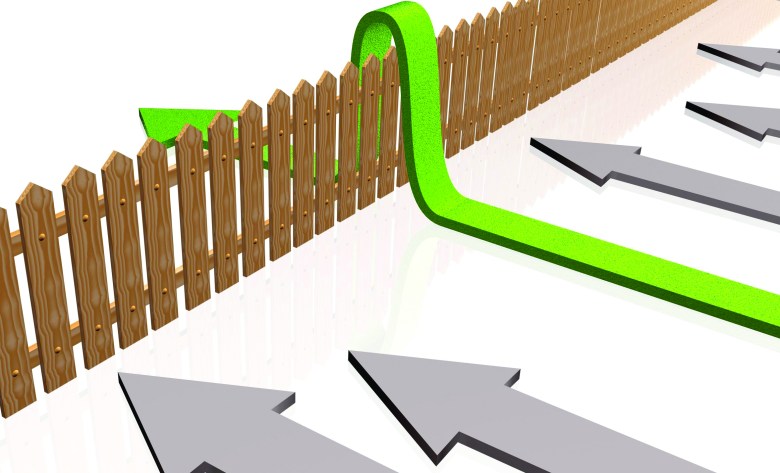
Over the last couple of months, I have been writing about negotiating, hoping to convince you that your negotiation strategy should consist of a Plan A, a Plan B, and a Plan C.
Plan A is to negotiate value, in other words, to tell them why you think they should buy from you anyway, even though your price may be higher than a competitor, or more than what they were hoping to spend. Plan A can be very effective if there are pain, problem or risk factors in the buyer’s situation. Plan A can also be very effective if the buyer is simply trying to intimidate you into lowering your price.
If Plan A does not work, move on to Plan B, which is to negotiate cost. Plan B is all about the application of product knowledge. In a successful cost negotiation, the price reduction comes as a result of a cost reduction, which also preserves the integrity of your original quote.
If neither Plan A nor Plan B works for you, it is time to consider Plan C, which is to negotiate price. Now we are talking about lowering your price and reducing your profit margin, which should always be your last resort. Sometimes, though, it is your best strategy nonetheless.
Foot in door
The most common justification for a price reduction is the opportunity to make profit on sheer volume. The arithmetic is pretty straightforward. A 50 per cent gross margin on a $10,000 customer results in $5000 of gross profit. A 5 per cent gross margin on a $100,000 customer results in the same $5000 in gross profit. Obviously those are extreme examples, and it is important to remember that I am writing about gross profit, not net profit. Gross profit equals selling price minus cost of goods sold. Net profit equals gross profit minus all of the rest of the costs of running the business. A printing company selling at 50 per cent gross margin should be profitable. A printing company selling at 5 per cent gross margin probably cannot be.
Having said that, judicious use of aggressive pricing strategy may allow you to get your foot in the door with a large client. The danger lies in maintaining that pricing permanently. I have had some success in negotiating experiments in situations like this. In a recent situation, I coached my client to say something along these lines: “You have told me that you have had issues with your current supplier. I have told you that I can solve those problems and relieve that pain. We seem to be at an impasse over the price, though, because you want my level of performance at their price. I am wondering if your concern is that we may not actually perform any better than they have. I am thinking that you may have to see it to believe it. So let me propose an experiment. We will print a couple of orders for you at their price, understanding that we have to perform in order to justify our price. OK, let us show you the difference, and then we will talk about price again.”
Please note that this strategy still relies on what you learned in the questioning stage, and relates back to your attempt to negotiate value. If there is no pain, there is probably no opportunity for this sort of strategy.
In return
The next best justification for a price reduction is to get something of value in return. One of my clients recently secured an additional five days to produce a rush job in return for a modest price reduction. Another gained a promise for a year’s worth of re-orders at the reduced price, without having to bid competitively on each one. My favorite example may be this one, though. In this case, my client was being asked for both a reduced price and an overnight turnaround. The customer positioned it as a budget issue, a “please help me out!” situation.
My client said: “OK, I will do this for you, but when I deliver it personally tomorrow morning, I’m going to bring my marketing manager, and she’s going to bring her video camera, and we’re going to shoot a little interview that we’re going to put on our website and our Facebook page, in which you tell the world how great we are. Will you do that for me if I do this for you?”
The customer agreed and the video was pretty amazing. In fact, when I asked my client to put a value on it, she told me that it was easily worth more than the $300 discount that paid for it.
Closing thought
My closing thought for today is that it is sometimes a good business decision to negotiate price. Please do not go straight to Plan C though. A successful value or cost negotiation will almost always be better for your business. And best for your business should always be your ultimate goal.
Comment below to have your say on this story.
If you have a news story or tip-off, get in touch at editorial@sprinter.com.au.
Sign up to the Sprinter newsletter
